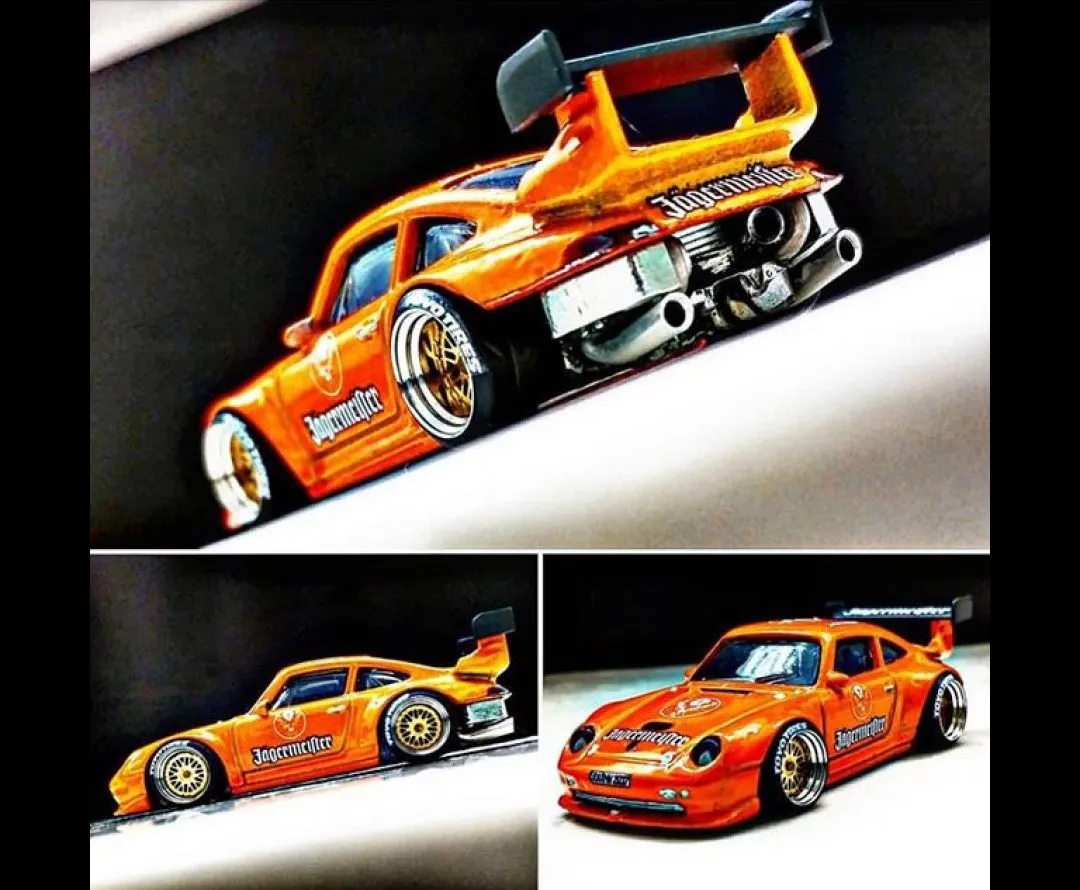Understanding Diecast Scale [The Basics]
Diecast scale models have captivated enthusiasts of all ages for decades, offering a tangible connection to automotive history, engineering marvels, and a world of collecting. But with so many scales available, choosing the right one can be a challenge. Before delving into the ‘Best Diecast Scale Models’, it’s essential to understand the fundamentals. This guide explores the most popular scales, their pros and cons, and the factors that contribute to making a worthwhile purchase. Whether you’re a seasoned collector or just starting out, this article will equip you with the knowledge needed to make informed decisions and enrich your diecast model experience.
What is Diecast Scale?
Diecast scale refers to the ratio between the size of a model and the size of the real-life object it represents. It’s a standardized system that allows manufacturers to create models in various sizes, each offering a different level of detail, display options, and collecting appeal. For example, a 1/18 scale model means the model is 1/18th the size of the actual car. This system allows for consistency and comparability across different manufacturers and models. The choice of scale profoundly affects the model’s size, the level of detail that can be incorporated, and the overall cost. Understanding these ratios is critical to selecting models that fit your display space, budget, and collecting preferences. The most popular scales offer a range of options, each with unique advantages, catering to diverse collector needs and preferences.
Why Diecast Scale Matters
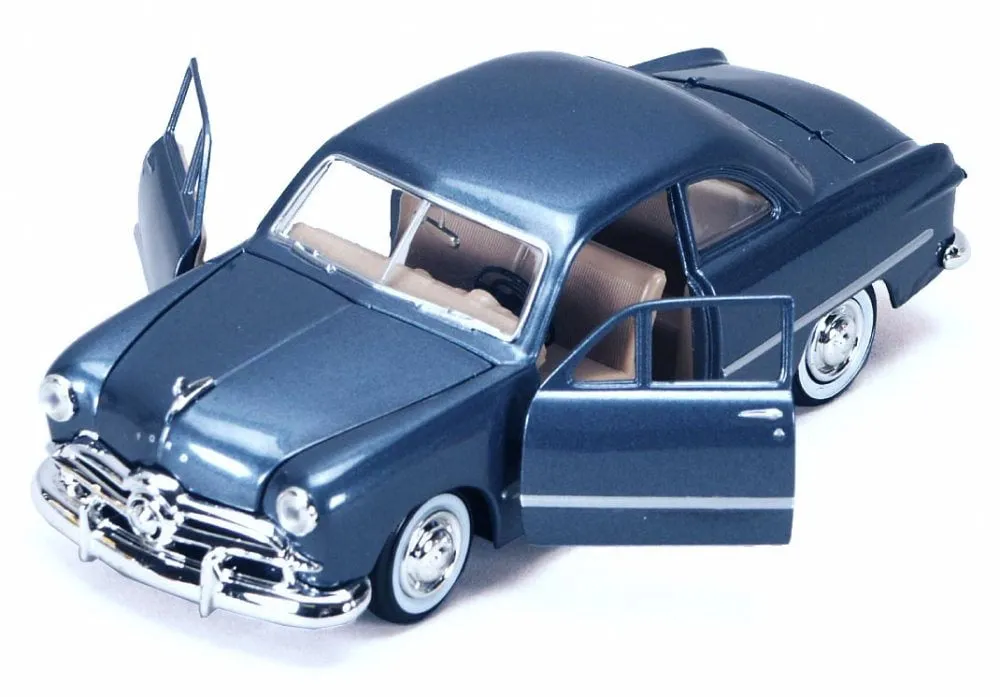
The scale of a diecast model influences several crucial aspects, making it a critical factor in your purchasing decisions. Scale directly impacts the level of detail, with larger scales generally offering more intricate features and finer detailing. This can mean working doors, detailed engine compartments, and realistic interiors. Furthermore, scale affects the model’s size, which determines how much display space it requires. Models in larger scales take up more room, making them suitable for enthusiasts with ample display areas. Scale also plays a significant role in pricing. Larger models tend to be more expensive due to the increased material and manufacturing costs. Ultimately, the choice of scale reflects your individual collecting goals, available space, and budget, as well as the type of models you find most appealing. Knowing the importance of scale makes selecting the perfect models for your collection easier and more enjoyable.
Top 7 Best Diecast Scale Models
Selecting the best diecast scale models involves considering various factors, including detail, accuracy, availability, and personal preference. Here are the top seven scales that consistently rank high among collectors, each offering unique attributes to enhance the collecting experience. This list is a starting point to help you explore the diverse world of diecast models and find the scales that resonate most with your collecting tastes.
1/18 Scale Diecast Models
The 1/18 scale is a popular choice among collectors, prized for its excellent balance of size and detail. These models typically range from 9 to 12 inches in length, allowing for intricate detailing, including opening doors, hoods, and trunks, as well as detailed engine compartments and interiors. The 1/18 scale is large enough to showcase fine craftsmanship and is typically found in premium models. Because of the size, these models often feature a higher level of realism, appealing to enthusiasts who appreciate a detailed presentation. This scale is ideal for those who have display space and want a detailed, high-quality model that makes a statement.
Pros and Cons of 1/18 Scale
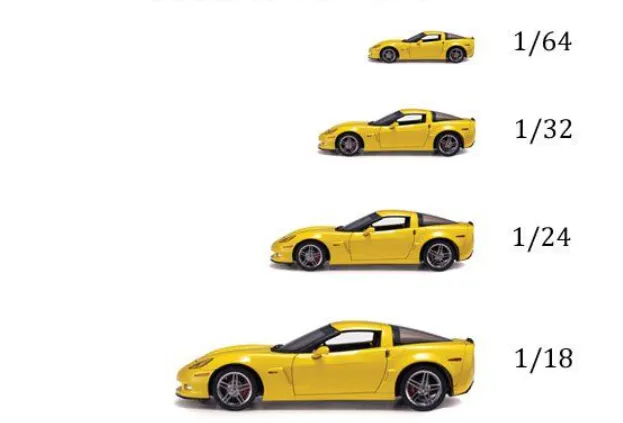
Pros include a high level of detail, a significant presence on display, and the availability of numerous models from various manufacturers. This scale makes it easier to appreciate the intricacies of each model, which in turn creates a more engaging collecting experience. On the downside, 1/18 scale models require more display space and are typically more expensive. The larger size can limit the number of models you can display, and the increased cost can be a factor for budget-conscious collectors. Despite the cons, the detail and visual impact of 1/18 scale models make them a favorite among many collectors.
1/24 Scale Diecast Models
The 1/24 scale offers a balance between size and affordability, making it a popular choice for both beginners and experienced collectors. These models usually range from 7 to 9 inches in length, allowing for a good level of detail while remaining relatively compact. This scale is excellent for those who want a detailed model without dedicating a large amount of space. The 1/24 scale often provides good value, making it an accessible option for those new to collecting. This scale offers a wide variety of vehicles, from classic cars to modern sports cars, making it suitable for diverse collections.
Pros and Cons of 1/24 Scale
The pros of the 1/24 scale include a good level of detail, a broader selection of models, and more affordable pricing compared to 1/18 scale. This scale allows collectors to build larger collections without requiring significant space. However, the cons include less detailed features compared to larger scales. Some models may not have working features such as opening doors or detailed engine compartments. Nonetheless, 1/24 scale models provide a good balance of features and affordability, making them a great option for many collectors.
1/43 Scale Diecast Models
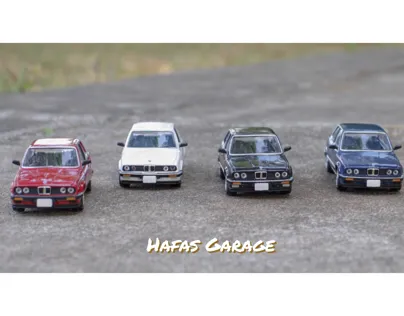
The 1/43 scale is a popular choice for its compact size and ease of display. These models are typically 4 to 5 inches in length, making them ideal for collectors with limited space or those who prefer to display a large number of models. This scale offers a wide variety of models and is frequently used for race cars and vintage vehicles. This scale is also often used for dioramas, adding another layer of display potential. The compact size makes it an easy scale to store and transport, perfect for collectors on the go.
Pros and Cons of 1/43 Scale
The pros of the 1/43 scale include a compact size, allowing for a larger collection within a smaller space, and often lower prices compared to larger scales. This is a great option for those who are interested in expanding their collection with ease. The cons include less detailed features due to the smaller size and possibly fewer available features, like opening doors or detailed interiors. Despite the limitations, the 1/43 scale remains a favorite among collectors due to its practicality and versatility.
1/64 Scale Diecast Models
The 1/64 scale is the smallest of the most popular diecast model scales, perfect for budget-conscious collectors and those looking to build a vast collection. These models are generally 2 to 3 inches long, making them extremely compact and easy to display and store. Often referred to as ‘Matchbox’ or ‘Hot Wheels’ size, this scale is highly accessible and offers an incredible variety of vehicles. It is ideal for collectors who want to amass a large collection without sacrificing space or spending a lot of money. Because they are so easily accessible, they are a great way to start collecting.
Pros and Cons of 1/64 Scale
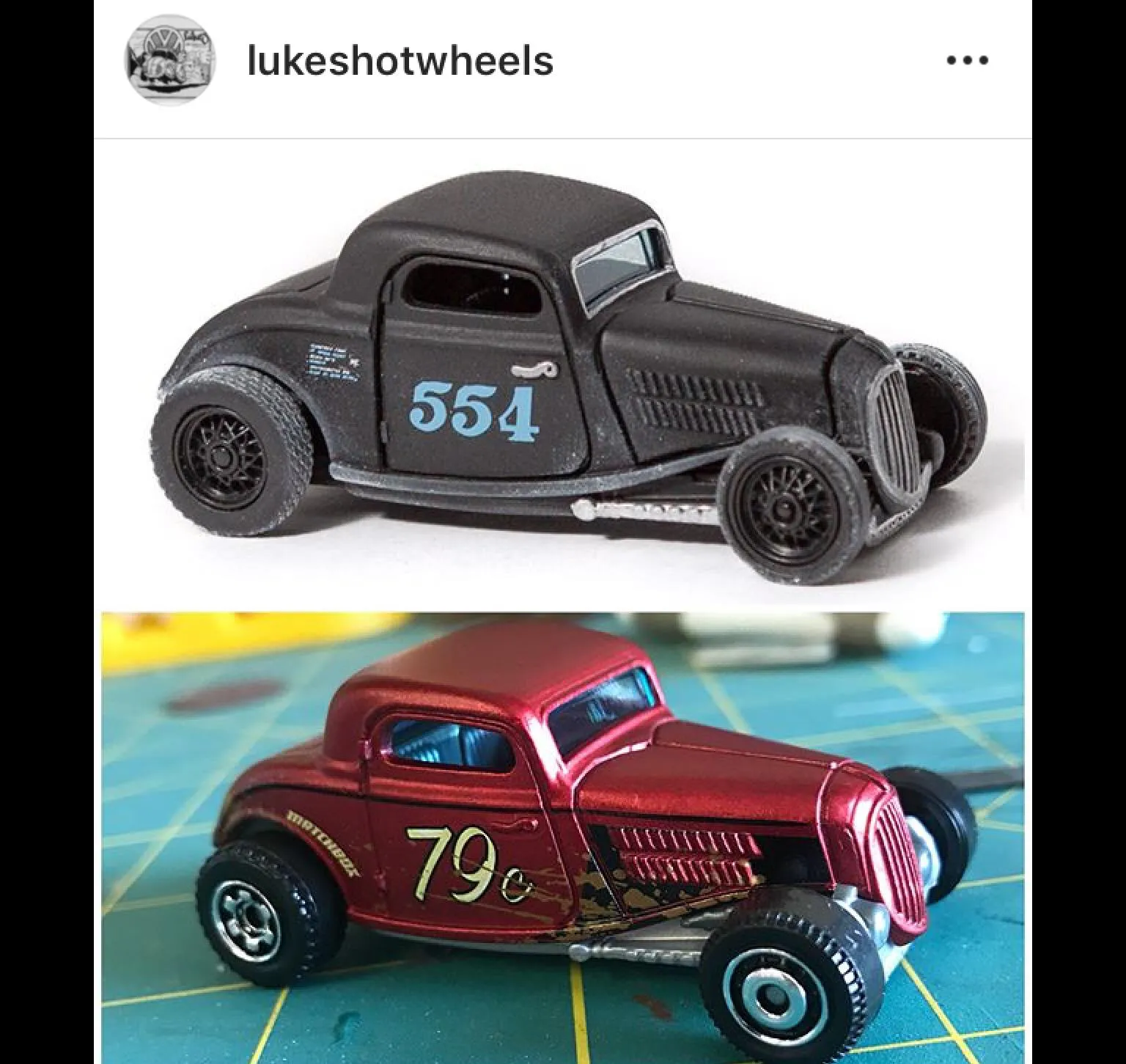
The pros include extreme affordability, high availability, and easy storage. This scale is ideal for building extensive collections without requiring significant space. The compact size makes these models easy to transport and display in various settings. However, the cons include limited detail compared to larger scales, with fewer moving parts and simplified features. The smaller size may also make the models more difficult to appreciate the details fully. Despite these limitations, the 1/64 scale offers an unparalleled value and collection potential, attracting a broad base of collectors.
Factors to Consider When Choosing a Diecast Scale
Choosing the right diecast scale depends on several factors that will shape your collecting experience. The best scale for you will hinge on your personal preferences, available space, and financial considerations. Understanding these elements will help you make informed decisions and build a collection that provides lasting enjoyment. Some factors are more important to some collectors, so prioritizing your own needs is key.
Detail and Accuracy
The level of detail and accuracy is a primary consideration for many collectors. Larger scales, such as 1/18 and 1/24, typically offer more intricate features, including detailed engines, realistic interiors, and functional components. If a high degree of realism and detailed craftsmanship is important, then consider the larger scales. However, even smaller scales can boast impressive levels of detail, particularly with advancements in manufacturing techniques. Ultimately, the detail level must align with your expectations and appreciation for precision in model design.
Available Space
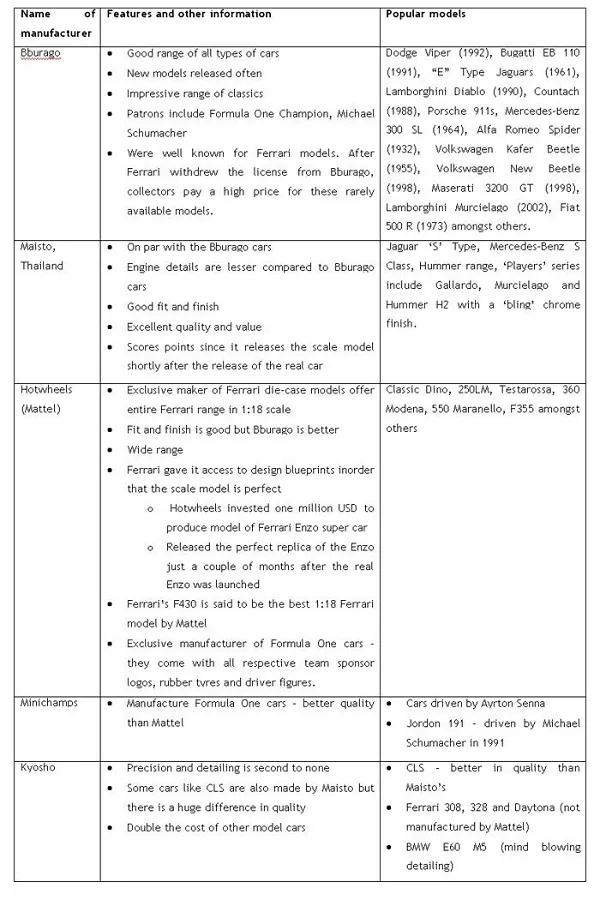
Available display space is a crucial factor, especially for collectors with limited room. Larger scales require more space, impacting how many models you can showcase. If you have a small display area, smaller scales like 1/43 or 1/64 might be more practical. Consider where you plan to display your models – a dedicated display case, shelves, or a desktop – and choose scales that fit comfortably within those areas. Proper space management is essential for building a visually appealing collection.
Budget
The budget is a significant factor, as the cost of diecast models can vary widely depending on the scale, manufacturer, and level of detail. Larger scale models typically come with a higher price tag due to increased material and manufacturing costs. Smaller scales are generally more affordable, making them a more accessible option for budget-conscious collectors or those just starting out. Set a realistic budget before you begin collecting and explore scales that align with your financial constraints. This approach will allow you to grow your collection without financial stress, ensuring a more enjoyable collecting experience.
Collecting and Displaying Diecast Models
Collecting diecast models is a rewarding hobby that combines passion with the joy of ownership. Properly displaying your collection is crucial to showcasing your models. Whether you prefer a dedicated display case, shelves, or creatively themed settings, your display should reflect your personal taste. Organize your models by scale, type, or theme to create visual appeal. Experiment with different arrangements to find what enhances your collection the most. Regular maintenance, such as dusting, will keep your models in excellent condition. The goal is to create a visually pleasing display that reflects your passion and enjoyment of collecting. The best diecast scale is ultimately the one that best suits your needs.
